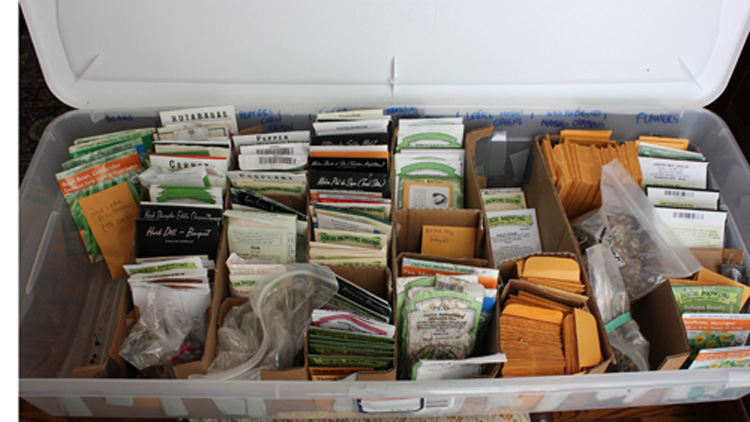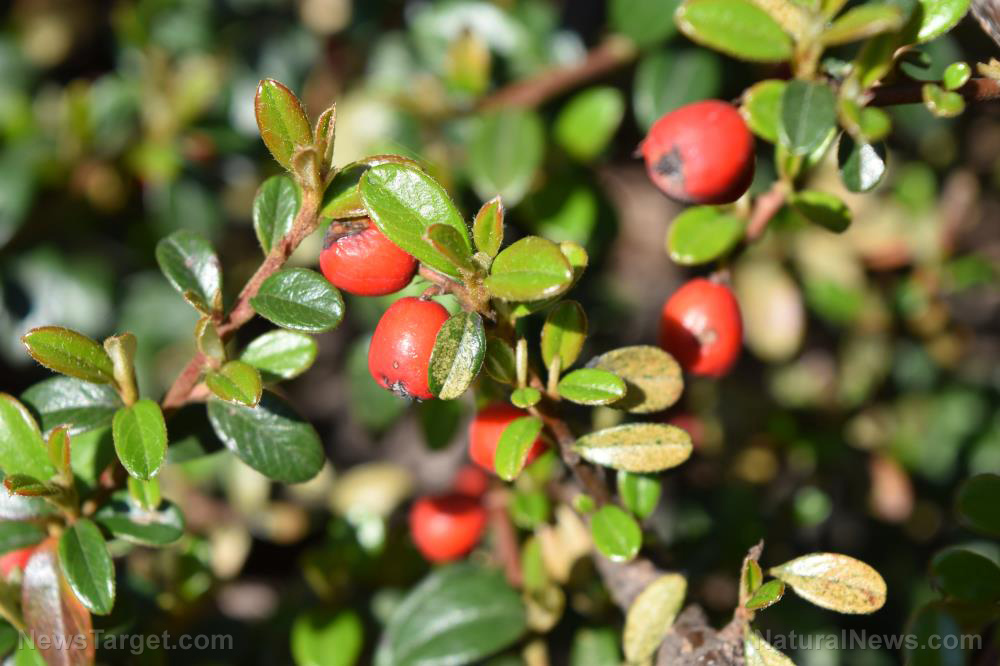The grass is always greener (and the soil is healthier) on the side of conservation agriculture
09/12/2019 / By Evangelyn Rodriguez

Conservation agriculture (CA) practices are adaptable and can be customized to the requirements of crops and local conditions. While this farming system considers soil health and the impact it has on the ecosystem, it is not without its disadvantages. The early days of CA implementation may present various problems, such as nitrogen immobilization and weed interference. Both of these can affect crop growth and reduce crop yield and are often experienced by farmers in India who are now starting to adopt CA technologies. To address these problems, researchers from the ICAR-Indian Agricultural Research Institute studied how to effectively manage soil nitrogen and weed growth in farms in the Indo-Gangetic Plains. They reported that optical sensor-guided fertilizer nitrogen application and brown manuring are effective nitrogen and weed management methods that can improve agronomic yield, help save fertilizer, and increase soil carbon content.
Conservation agriculture versus industrial agriculture
Industrial agriculture, also known as conventional farming, relies heavily on the use of synthetic chemical fertilizers and pesticides, intensive tillage, and the cultivation of a single crop (monoculture). These practices are deemed highly resource-intensive as well as energy-intensive. Although this system of farming produces great yields, the environment suffers as a consequence. Some of the negative effects of industrial farming practices include water pollution, a decline in soil productivity, desertification, the development of pesticide-resistant fungal pathogens, and the disruption of entire ecosystems.
Conservation agriculture, on the other hand, promotes the optimal usage of natural farming methods in ways and quantities that do not interfere with biological processes. Farmers who practice CA avoid the use of harmful synthetic chemicals and mechanical soil interventions (no-tillage). Instead, they apply agrochemicals and organic plant nutrients to sustain crop production. They also practice crop rotations to reduce soil erosion and boost soil productivity and yield. These environmental-friendly practices prevent losses of arable land, regenerate degraded soil, and promote the diversification of plant species.
But while CA does many good things for the environment, it’s still limited by adaptability. A study in the Journal of Environmental Economics and Management showed that while CA has found success in countries like the U.S., it has failed in other regions. For instance, in Zimbabwe, the lack of yield gains and some yield losses during years of average rainfall have led most local farmers to abandon the practice. According to Jeremy Michler, one of the authors of the study, CA is a sound technology but it “does not lend itself to small, unmechanized farms.” In the end, what will decide it’s profitability is its adaptability.
On the other hand, the study demonstrated that CA is a climate-smart technology capable of improving the resilience of yields. Although years with average rainfall produced no yield increases in farms practicing CA in Zimbabwe, years with extremely low rainfall did. What seems to be hindering the adoption of CA in other countries is that CA takes a long time to positively affect yields. Michler explains that rebuilding organic matter in the soil is a long process, so it also takes a long time to realize CA’s benefits.
Effective weed and nitrogen management is needed for CA to succeed
India has been attempting to develop, refine, and disseminate CA technologies for almost two decades. One of its aims is to promote CA in the region by developing strategies and policies that will facilitate its adoption. However, despite tremendous efforts, the adaptation of conservation-based technologies and practices still presents many problems, such as the management of nitrogen immobilization and weeds in the early periods of CA implementation. To address these two concerns, researchers from the ICAR-Indian Agricultural Research Institute studied methods like soil testing, using an optical sensor, brown manuring, and applying herbicide mixtures in search of a solution.
Nitrogen immobilization is an undesirable event. This involves the conversion of nitrogen in the soil into a form that plants cannot use for growth. Weeds, on the other hand, compete with crops for soil moisture, impairing their growth. Weed interference has a negative impact on crop yield and is a cause of yield loss. (Related: Soil management through crop rotation and organic amendments found to support sustainable vegetable production, eliminate need for conventional fertilizers.)
The researchers reported that compared with whole nitrogen application at sowing, optical sensor-guided fertilizer nitrogen application increased maize and wheat yields up to 20 and 14 percent, respectively. Compared with weedy check, the use of brown manuring in maize and herbicide mixtures in wheat also increased grain yields up to 10 and 21 percent, respectively. Meanwhile, the optical sensor-based nitrogen management method saved up to 45 and 30 kg N ha–1 of the optimized nitrogen fertilizer rate in maize and wheat, respectively. Fertilizer nitrogen management and brown manuring also caused a 5 and 4 percent increase in soil organic carbon accumulation, respectively.
Based on these results, the researchers concluded that the implementation of efficient nitrogen fertilizer and weed management in the early years of CA can improve agronomic yield, fertilizer savings, and soil organic carbon content.
Sources include:
Submit a correction >>
Tagged Under:
agronomic productivity, agronomic yield, biodiversity, brown manuring, climate-smart technology, conservation, conservation agriculture, conventional farming, crop growth, Ecology, ecosystem, environmental conservation, environmental friendly, farming, farming system, farming technology, food supply, green living, herbicides, industrial agriculture, monoculture, nitrogen fertilizer, nitrogen immobilization, nitrogen management, optical sensor, plant diversification, research, soil erosion, soil fertility, soil health, soil nitrogen, soil organic carbon, synthetic chemical fertilizers, tillage, weed interference, weed management
This article may contain statements that reflect the opinion of the author
RECENT NEWS & ARTICLES
COPYRIGHT © 2017 GREEN LIVING NEWS





















